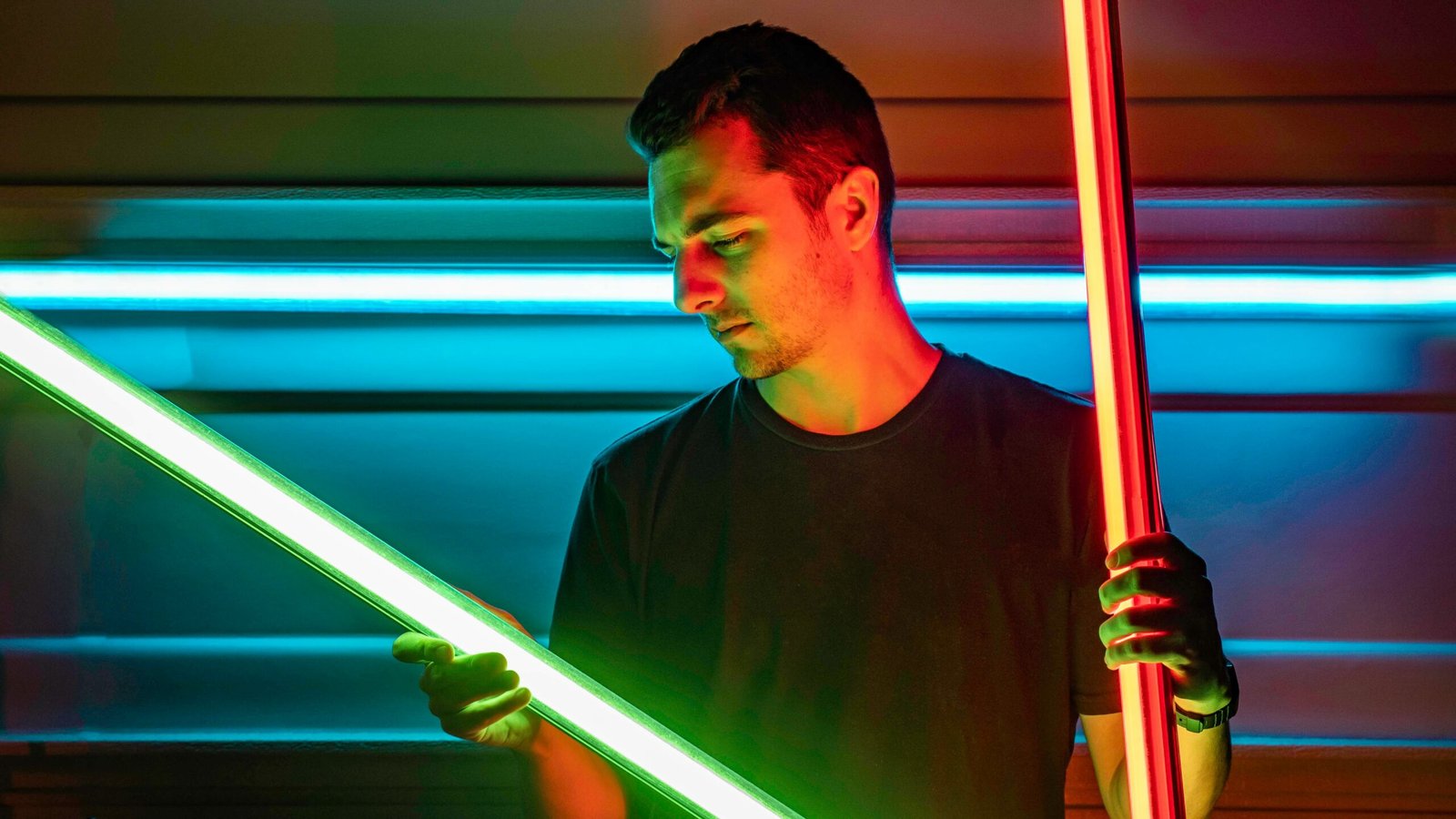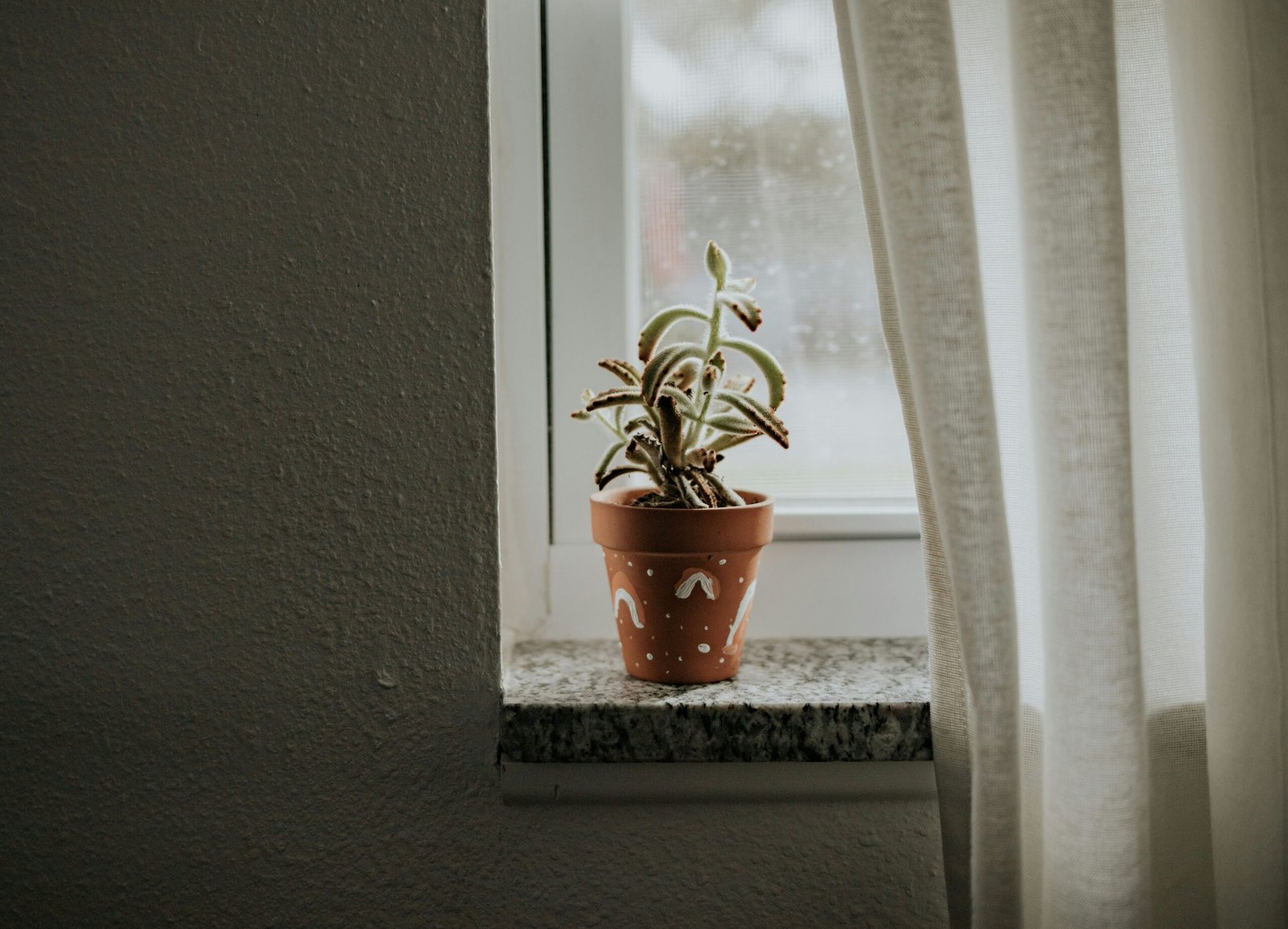Introduction to DIY Lighting
DIY lighting projects offer a myriad of benefits, making them an attractive option for homeowners and renters alike. One of the most significant advantages is cost savings. By crafting your own lighting solutions, you can often achieve a high-end look without the high-end price tag. Additionally, DIY lighting allows for a level of customization that is difficult to find in store-bought options. You can tailor your lighting fixtures to match your personal style, the specific needs of your space, and even seasonal decor changes.
Another compelling reason to engage in DIY lighting projects is the satisfaction of creating something unique. There’s a certain pride that comes with seeing a project through from conception to completion, especially when it adds both aesthetic and functional value to your home. Whether it’s a handcrafted chandelier, a repurposed lamp, or a string of fairy lights, the personal touch of a DIY project can significantly enhance the character of your space.
When it comes to the types of lighting that can be created through DIY projects, the possibilities are almost endless. Ambient lighting, which provides a soft overall glow, can be achieved with ceiling fixtures, wall sconces, or even creatively arranged string lights. Task lighting, designed to illuminate specific areas for activities like reading or cooking, can be crafted using desk lamps or under-cabinet lights. Accent lighting, which highlights particular features or objects, can be achieved with spotlights or LED strips. Each type of lighting serves a unique purpose and contributes to the overall ambiance and functionality of a room.
The importance of good lighting cannot be overstated. Proper lighting enhances the mood, improves the functionality of a space, and can even affect your well-being. Poor lighting can lead to eye strain and fatigue, while well-designed lighting can make a space feel welcoming and comfortable. By embarking on DIY lighting projects, you not only save money and customize your home but also improve its overall atmosphere and usability.
Creative Lighting Ideas for Different Spaces
Transforming your home with DIY lighting projects can be both fulfilling and cost-effective. Each space in your home offers unique opportunities for creative lighting solutions. Below are several inspiring ideas tailored for various areas, from the living room to outdoor spaces.
Living Room
For a cozy and inviting living room, consider crafting mason jar lights. These versatile jars can be filled with fairy lights to create a warm and ambient glow. You’ll need mason jars, fairy lights, and some basic tools to assemble the project. Simply insert the lights into the jars and arrange them around the room for an enchanting effect.
Bedroom
String lights are a popular choice for bedrooms, providing a soft and dreamy atmosphere. You can drape them across the headboard, weave them through a canopy, or arrange them around a mirror. Materials required include string lights, hooks or adhesive strips, and a bit of creativity. This project is straightforward and can significantly enhance the bedroom’s ambiance.
Kitchen
In the kitchen, repurposing old wine bottles into pendant lights can add a touch of elegance and charm. To create these, you’ll need empty wine bottles, pendant light kits, and a glass cutter. Carefully cut the bottom of the bottles, insert the light kits, and hang them above the kitchen island or dining area. This not only recycles materials but also adds a personalized touch to your culinary space.
Outdoor Spaces
Enhance your garden or patio with creative tin can lanterns. This project requires empty tin cans, a hammer, and a nail. Punch holes into the cans in various patterns, place candles or LED lights inside, and hang them around your outdoor area. The perforations will project beautiful light patterns, creating a magical outdoor setting.
These DIY lighting ideas not only brighten up your spaces but also reflect your personal style and creativity. With simple materials and a bit of effort, you can achieve a stunning transformation in any area of your home.
Step-by-Step DIY Lighting Projects
Creating your own DIY lighting projects can be a rewarding way to add a personalized touch to your living space. Below, we walk you through a few beginner-friendly lighting projects, complete with detailed steps and necessary materials. These projects are designed to be accessible, even for those new to DIY activities. Let’s get started!
Mason Jar Pendant Light
Materials:
- Mason jar with lid
- Pendant light kit
- Drill with a metal bit
- Sandpaper
- Light bulb
Steps:
- Prepare the Lid: Using the drill, make a hole in the center of the mason jar lid. The hole should be large enough to fit the pendant light kit’s socket.
- Sand the Edges: Smooth the edges of the hole with sandpaper to prevent any sharp metal from causing injury or damaging the wires.
- Assemble the Light: Insert the pendant light socket through the hole in the lid, securing it as per the kit’s instructions.
- Attach the Jar: Screw the mason jar onto the lid. Ensure the light bulb fits comfortably within the jar before screwing it in.
- Install the Light: Hang the assembled pendant light in your desired location and plug it in. Your mason jar pendant light is now ready to illuminate your space!
Wine Bottle Table Lamp
Materials:
- Empty wine bottle
- Drill with glass bit
- String of fairy lights
- Rubber grommet
Steps:
- Clean the Bottle: Thoroughly clean and dry the wine bottle to remove any labels or residue.
- Drill a Hole: Carefully drill a hole near the base of the wine bottle. This will be used to thread the fairy lights through.
- Insert the Grommet: Place a rubber grommet in the drilled hole to protect the lights from the sharp edges of the glass.
- Thread the Lights: Feed the string of fairy lights through the hole, allowing them to fill the inside of the bottle.
- Finish Up: Plug in the fairy lights and place your new wine bottle table lamp in a prominent spot to create a warm, inviting glow.
By following these step-by-step instructions, you can create beautiful and functional DIY lighting projects that add a unique touch to your home. These projects demonstrate that with just a few materials and some creativity, you can brighten up your space in a stylish and personalized way.
Safety Tips and Best Practices
When embarking on DIY lighting projects, prioritizing safety is paramount. Handling electrical components demands a thorough understanding of basic electrical principles and strict adherence to safety guidelines. Before beginning any project, ensure that the power supply to the area is switched off to prevent accidental shocks. Use a voltage tester to confirm that the circuit is indeed de-energized before proceeding with any work.
Utilizing the appropriate tools for your DIY lighting projects cannot be overstressed. Tools such as insulated screwdrivers, wire strippers, and voltage testers are essential to safely and effectively manage electrical components. Ensure that all tools are in good condition and designed for electrical work to minimize the risk of injury.
It’s also crucial to choose the right materials for your projects. Opt for high-quality wires, bulbs, and fixtures that meet safety standards. Avoid overloading circuits by adhering to the recommended wattage for light fixtures and using appropriate fuses and breakers. If in doubt about any aspect of the project, consulting a licensed electrician can provide peace of mind and ensure compliance with local electrical codes.
Once your DIY lighting project is complete, conducting a thorough inspection is necessary to ensure the installation is secure and functional. Check for exposed wires, loose connections, and proper insulation. Regular maintenance is also key to prolonging the lifespan and maintaining the functionality of your DIY lighting fixtures. This includes periodically checking connections, replacing burnt-out bulbs promptly, and cleaning light fixtures to prevent dust buildup, which can affect brightness and heat dissipation.
By following these safety tips and best practices, your DIY lighting projects can not only enhance the aesthetics of your space but also provide a safe and enjoyable lighting experience. With careful planning, the right tools, and ongoing maintenance, your DIY lighting endeavors can shine brightly and safely for years to come.



